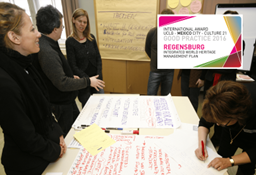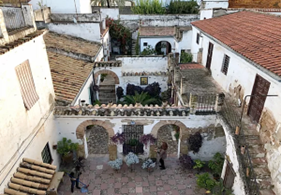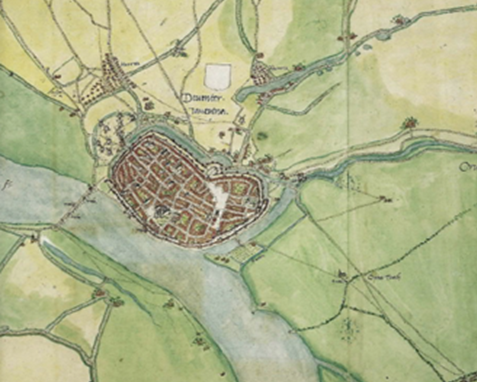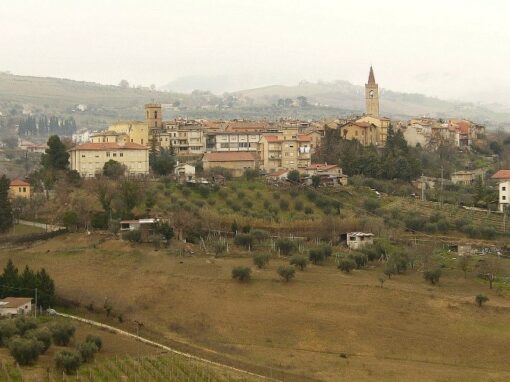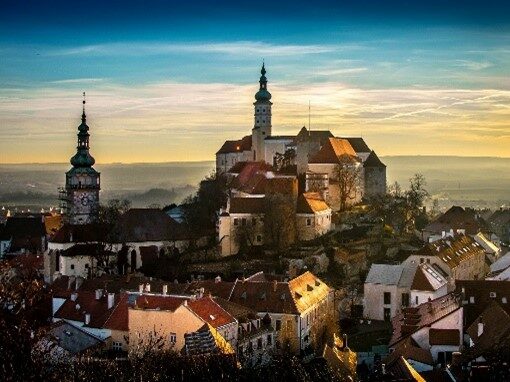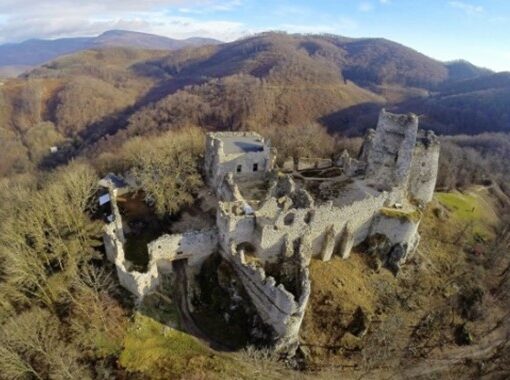Adopting cultural heritage monuments and buildings: an initiative from Pirkanmaa Museum
Pirkanmaa, FinlandLead
Stressor(s)
Disaster Risk Management phase(s)
Type(s) of measure(s)
Background
Regarding cultural heritage, Finland faces several challenges that are common in other European states and cities, among which the misuse and neglect of existing cultural sites is one of the most important ones(for instance, changes in agricultural policies and land-use have resulted in the misuse and removal of traditional rural buildings and structures. Moreover, some cultural sites are unknown to the public, or present difficult access, which translates into lower public interest towards them. Altogether, the neglect of cultural sites and the decreasing interest of citizens results in a loss of identity of local communities.
Sources
https://adoptoimonumentti.fi/?lang=en
https://www.coe.int/en/web/culture-and-heritage/-/adopt-a-monument
Interview with Tuija-LiisaSoininen, Project manager at the Pirkanmaa Regional Museum
Contact info
Tuija-LiisaSoininen; tuija-liisa.soininen@tampere.fi
Detailed description
The ‘Adopt a Monument’ scheme was conceived by the Pirkanmaa Museum to help communities become actively involved in the conservation and interpretation of their local archaeological and cultural heritage sites. It is based on the training and involvement of volunteers (“adopters”) in aspects such as the monitoring, maintenance and promotion of a cultural asset of their choice, which may correspond to any site with historic or aesthetic value (e.g. an archaeological site, a traditional farm or other type of historic building). The initiative is led by the Museum, which provides the necessary training to volunteers through meetings, technical support, shadowing opportunities or workshops, and is supported by landowners, local communities, schools, associations and private companies.
The initiative, which originated elsewhere in the City of Tampere, has been adopted across the country by different museums. Once the museum assesses that a monument is suitable for adoption, a management plan is developed (including a description of the site, its natural surrounding and historical background, and detailed maintenance instructions)and an agreement is signed between the owner, the museum and the adopters (including suitable uses of the site, safety issues and Contact info).The adoption can be long- or short-term. Maintenance actions may include the trimming or removal of vegetation, litter picking, painting or simple restoration actions (among others)and the organisation of voluntary work events by the adopters’ can also be considered a programme activity .On its origin, the project received a grant of €30,000 from the Finish National Heritage Agency, to conserve and maintain archaeological sites. After that, between 2014 and 2016, the Ministry of Cultural Dedication granted the project with €90,000 to also include built heritage. Nowadays, the Adopt a Monument programme runs as part of the regular duties of the museum, with permanent staff allocated.
Main outcomes and highlights
- Currently,6 regional museums are part of the Adopt a Monument initiative. The number of adopted sites in the whole of Finland is 48, with more than 3,000 volunteers involved.
- Over 12 years in operation, not a single adoption contract has been cancelled. The programme has fostered the understanding, assimilation and acceptance of Finnish culture while promoting social inclusion and tolerance towards other cultures.
- The activities that volunteers perform help to give more visibility and accessibility to monuments that had in some cases been left vacant for years.
- The initiative contributes to strengthening elements such as well-being, public health and social inclusion within the benefited communities
- The initiative has won awards including the European Heritage Awards/Europa Nostra Awards in 2016, Finland Annual AwardinMuseum Pedagogy in 2015 and the Finish Green Year Medal and Recognition Award.
Sucess factors
- The project is based on soft measures, which are not linked to restrictive regulation and allow for flexibility, which makes people more open to collaborate.
- The proposed activities are very attractive because they save money to public actors thanks to the voluntary labour, solving in that way capacity issues in the city administration.
- The idea of this project has its origin in Scotland, “Adopt a Monument” running there since 2007. Tampere was able to replicate and adapt the idea and methodology according to the Finnish needs, using ‘softer’ protective guidelines.
Lessons learned
- Throughout the development of the initiative, it was observed that searching for suitable adopter groups first and then looking for a site to adopt was more efficient than doing it in the opposite way, which requires more time and persuasion.
- At the beginning there was a top-down approach with the museum adopting a “do-gooder” role, with not much space for flexibility. This view was changed and the organisers adopted a listening and facilitating role, respecting people´s different need and wishes.
- By allowing volunteers to have some flexibility and ownership regarding methods and rules, the Museum contributed to build trust among them, which translated into more effective commitment.
